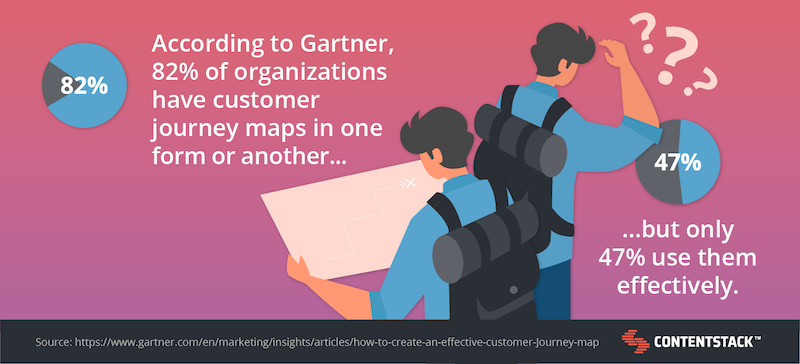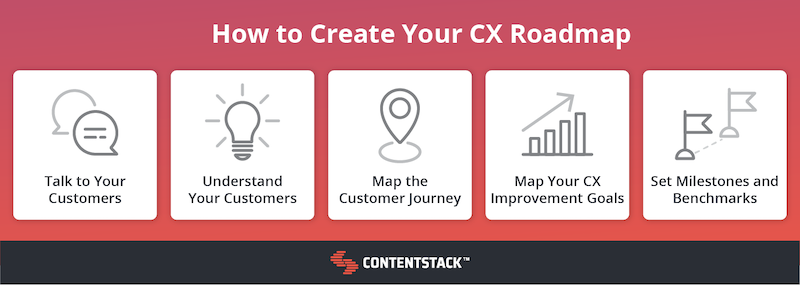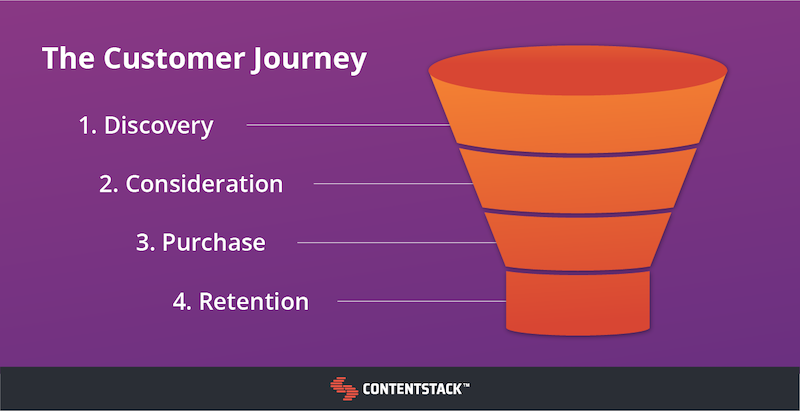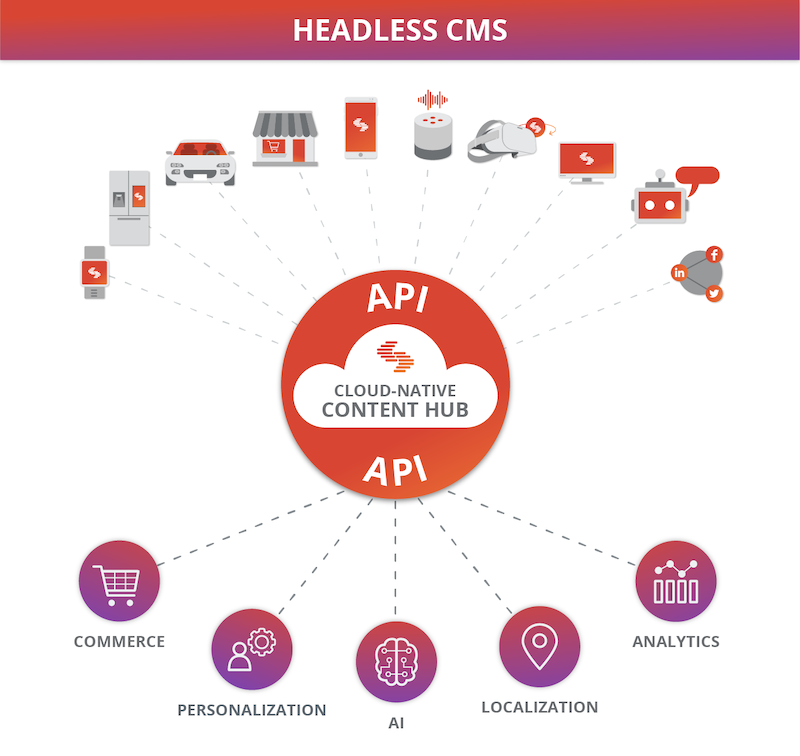
Customers have increasingly high expectations regarding customer experience (CX) because the corporate giants whose products and services they use daily (hello, Amazon, and Netflix!) are setting the bar incredibly high. Whether your business is consumer-facing or B2B, your customers expect seamless convenience and personalized attention that immerses them in the brand experience — no matter where they are.
Thankfully, this level of CX is no longer just the domain of giants. Today, the technology that makes this kind of customer experience possible is becoming more mainstream and affordable, making immersive CX achievable.
What is Immersive CX?
At its most basic, immersive CX facilitates a seamless customer experience. The customer becomes fully immersed in the purchase journey, effortlessly navigating from one channel to the next without interrupting their day-to-day activities to do so.
On the more advanced side of the immersive CX spectrum, technologies such as augmented reality overlays and virtual reality headsets facilitate experiences that literally immerse the customer.
Immersive Customer Experiences Start with a Roadmap
A CX experience roadmap is simply a plan outlining the measures you want to implement to improve your customer experience and the timeline on which you plan to do so. Your CX roadmap should address both short-term and long-term goals for establishing immersive CX.

Why You Should Create a CX Roadmap
Defining clear goals and timelines makes it easier to gradually roll out your immersive CX initiatives, helping you to capitalize on “low-hanging fruit” and meet long-term goals. Chopping up your plan into smaller parts makes it much more manageable.
Additionally, having a CX roadmap makes it easier to set goals and measure your CX program’s success or ROI. Setting up a customer satisfaction score (CSS) or net promoter score (NPS) benchmark helps to tie your CX efforts to your bottom line.
On the mindset front, a CX roadmap will help your organization remain committed to staying ahead of the curve by continually innovating and iterating your CX program. Customer expectations will continue to evolve, and so should you if you wish to remain competitive.
How to Create a CX Roadmap in 5 Easy Steps

1. Get to Know Your Customers
Collecting customer feedback can be as simple as asking for ratings, making it easy to leave comments, and incentivizing survey completion. However, if possible, we recommend holding focus groups to discuss the customer experience with actual customers.
Facilitate the discussion but do not steer their responses — you want to hear their real, organic thoughts on what works and what doesn’t. Walk them through their experience of your brand to gain insight into their customer journey.
If you already have analytics in place, you can also let this data speak on your customers’ behalf to measure which aspects of your CX initiatives are successful and which ones need to be adjusted.
2. Understand Your Customers
Analyze the data collected in step one to understand your customers’ current pain points, where they’re happy with you, and where you could stand to improve.
You might find that your customers’ impressions of your brand are very different from what you expected or aimed for. This impression might not be a bad thing, but you’ll need to decide whether you want to take steps to alter this perception or lean into it.
Your fundamental goal in this step is to identify ways to improve the customer experience. This may mean doubling down on some aspects of your CX approach and overhauling others completely.
3. Map Customer Journeys
Now, roll up all of the above information and apply it to mapping out customer journeys. You want to understand how each of your most valuable customer segments interacts with your brand.
Questions to consider include:
- How did each customer discover your brand?
- What was their experience at each touchpoint?
- Which touchpoint convinced them to choose you above others?
- How did they experience the purchase process?
- Would they repeat the process?
At each leg of the customer journey, mark the pain points and CX features that customers commend, and identify opportunities to implement immersive CX upgrades.

4. Map Your CX Improvement Goals
Now that you’ve identified the aspects of your customer experience you’d like to improve upon, it’s time to plot them out on a timeline.
Ask yourself the following questions to determine impact and feasibility:
- Which CX improvements are you capable of implementing right away?
- Which CX initiatives do you view as the most urgent?
- Which changes will have the most immediate impact on your customer experience delivery?
- What resources, infrastructure, or expertise will you require to roll out the more critical ticket items on your list?
- Which actions are dependent on other activities or infrastructure being in place first?
Once you have all this information, create a plan of action with all the relevant stakeholders. Focus on easy wins or “low-hanging fruit” first and allow yourself time to work towards more complex goals.
5. Set Milestones and Benchmarks
Setting milestones and benchmarks are perhaps the most crucial part of the whole immersive CX roadmap process. If you don’t set metrics and benchmarks, you won’t be able to measure whether your CX initiatives are yielding any results. For all you know, they might be making things worse!
Establish benchmarks such as a desired NPS or CSS score and decide how regularly you’ll review these metrics to see whether your CX strategy is working. Include these milestones in your roadmap and use them to take stock and adapt your strategy periodically if necessary.
A CMS for Awesome Immersive CX Experiences
Your content management system (CMS) plays a massive role in delivering exceptional customer experiences. It’s instrumental in aligning the data, processes, and people needed to create and deploy consistently immersive experiences.
A headless CMS, like Contentstack, uses application programming interface (API) technology so content can be created and stored separately from its presentation. This separation enables content and marketing to create, optimize, and distribute content while designers and developers are building the best front-end display for that content on every channel and device.
Contentstack leads the industry in extensibility, which enables users to implement all the tools that power immersive, personalized customer experiences such as CRM systems, analytics platforms, translation and localization tools, AI and AR integrations, and more.

Get More Tips on Building Your Immersive CX Roadmap
To learn more about how your brand can establish immersive experiences along the customer journey and maximize ROI, listen to Robert Rose, Founder and Chief Strategy Officer at The Content Advisory, as he brings more than 25 years of experience to the third and final installment of our Modern Content Marketing in Practice webinar series: Measuring Content Marketing Experiences.
Sign up to view the free, on-demand recording of the webinar and you’ll access:
- A framework for measuring audiences at every step along the engagement lifecycle
- Best-in-class examples of how to apply first-party data to the measurement of content
- A self-assessment tool that can help you see where your first opportunities may be in creating an owned media strategy




